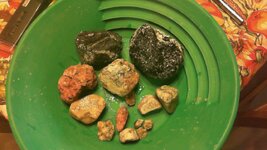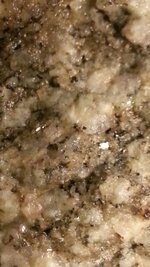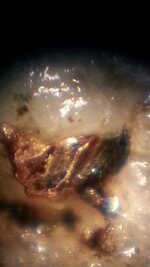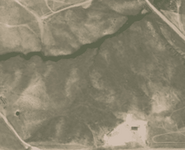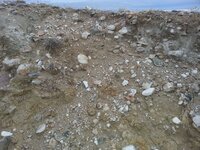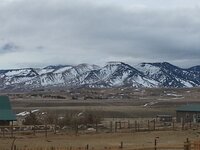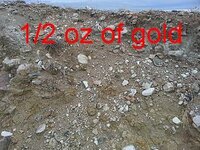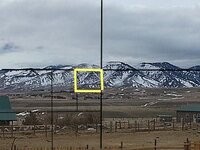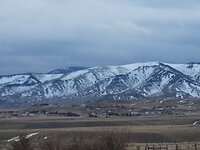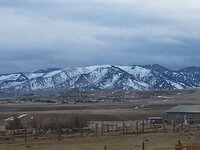chrspe
Jr. Member
- Feb 13, 2014
- 23
- 4
- Detector(s) used
- Minelab SDC 2300, Nokta Simplex, Minelab Gold Monster, Minelab Equinox 800
- Primary Interest:
- All Treasure Hunting
I have been practicing dowsing gold with my wedding band. I had my wife hide it in out front yard (all rocks and wyoming scape), then leave and it took me 3 minutes. (she hid it under some horse poop)
Today I was practicing on some areas out back that the lrods had crossed. I got a hit on a spot. I took a shovel full out and the hit went away and was in the shovel full. I took half and put it in a pan, it hit on the pan. I took handfuls out till I narrowed it down to a piece of quartz 1/2 inch square. I couldn't see anything in it so I crushed it in a pan. I added water and there were 3 flakes of gold. I tweezed out the gold onto black paper and the rods crossed on the paper. I put the gold in a water filled vial and it hit on the vial.
Questions:
This is very small flour gold, found with #6 copper wire. How do you make the dowsing less sensitive? I get hits everywhere.
I still got hits when on the black paper but it wasnt as strong, does quartz amplify the gold signal?
The hit was just as strong as at first when put into the water vial, does water amplify the signal?
Are the thicker rods more sensitive than say coat hanger size?
Thank You for any responses!
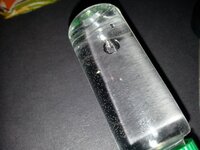
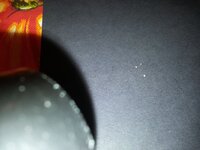
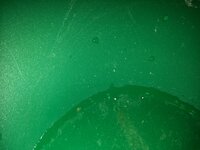
Today I was practicing on some areas out back that the lrods had crossed. I got a hit on a spot. I took a shovel full out and the hit went away and was in the shovel full. I took half and put it in a pan, it hit on the pan. I took handfuls out till I narrowed it down to a piece of quartz 1/2 inch square. I couldn't see anything in it so I crushed it in a pan. I added water and there were 3 flakes of gold. I tweezed out the gold onto black paper and the rods crossed on the paper. I put the gold in a water filled vial and it hit on the vial.
Questions:
This is very small flour gold, found with #6 copper wire. How do you make the dowsing less sensitive? I get hits everywhere.
I still got hits when on the black paper but it wasnt as strong, does quartz amplify the gold signal?
The hit was just as strong as at first when put into the water vial, does water amplify the signal?
Are the thicker rods more sensitive than say coat hanger size?
Thank You for any responses!



Amazon Forum Fav 👍
Last edited:


